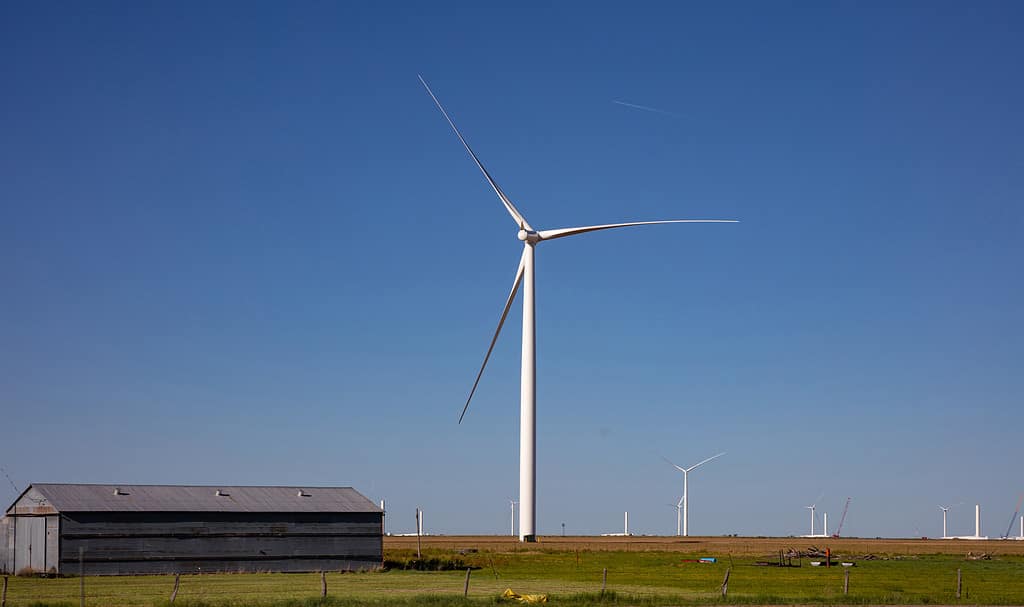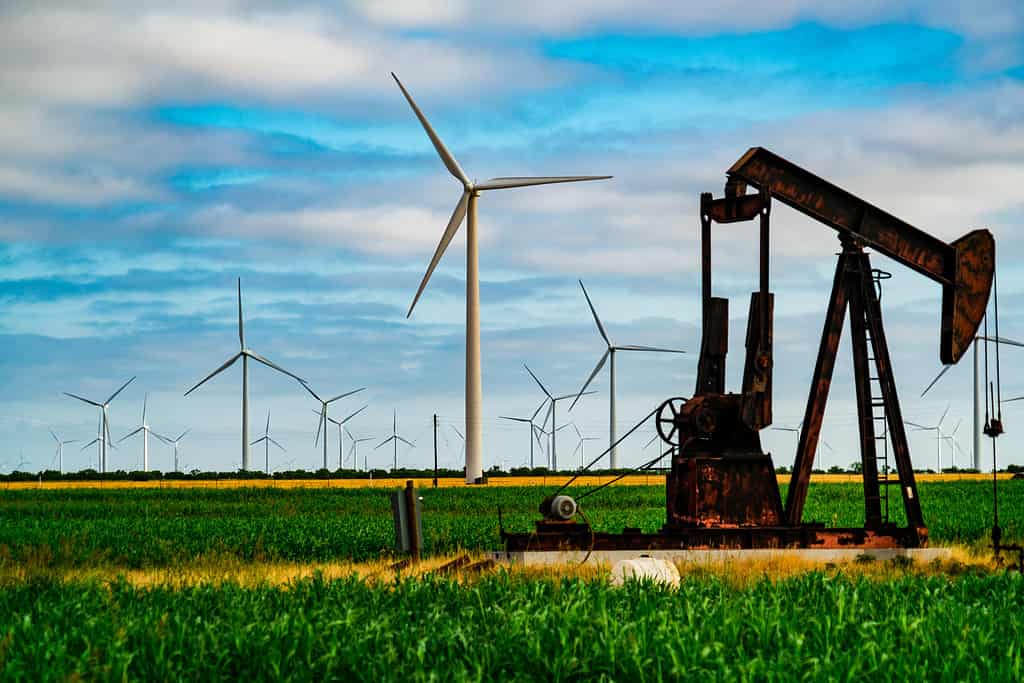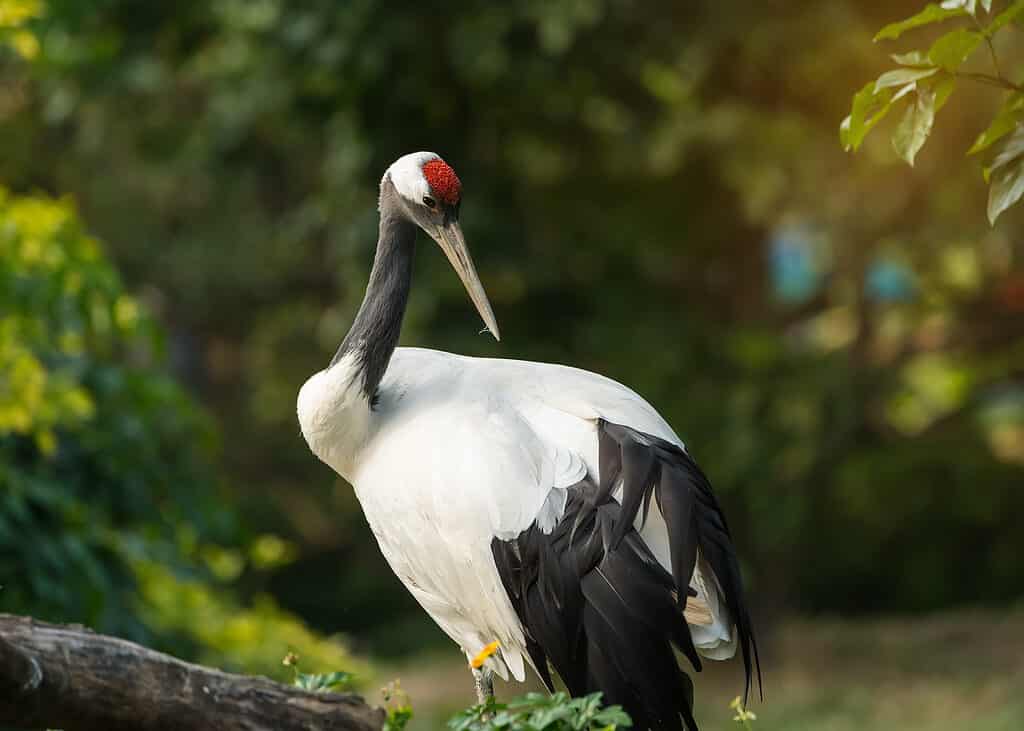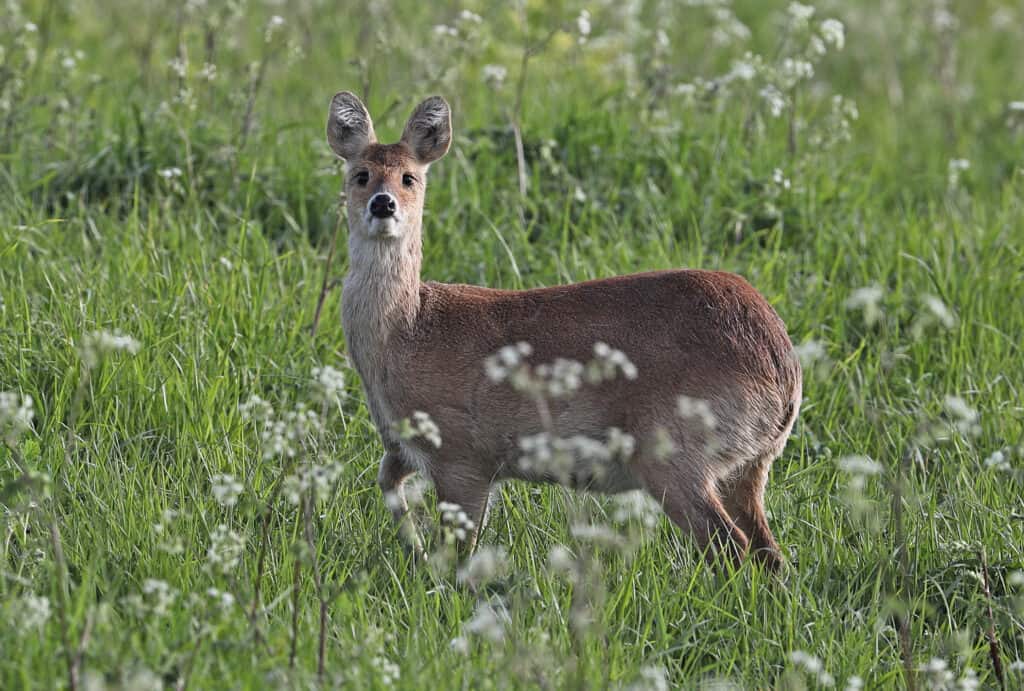Imagine standing at the foot of a towering structure, its blades sweeping gracefully through the air, the wind humming a tune of renewable power. This is the experience of witnessing a wind turbine in action, a spectacle that is increasingly common in landscapes across the globe. These fascinating giants, known as wind turbines, are doing more than just punctuating the skyline; they’re helping us rewrite the narrative of global energy production.
Wind turbines are at the heart of the global shift towards sustainable energy, transforming the very breath of the earth into usable power. They’re erected in various landscapes, from the vast plains of North America to the offshore expanses of Europe and the hilly terrains of Asia. Despite their varying locales, these structures all share the same noble goal: harnessing the kinetic energy of the wind to generate electricity.
A fascinating aspect of wind turbines is their size. They range from small, single-user turbines that power individual homes or small businesses, to large-scale turbines organized into wind farms generating power for thousands of households. While a small turbine may have a rotor diameter of just a few meters, the largest ones have rotor diameters exceeding 850 feet – that’s larger than two football fields laid end-to-end!
Today, we discover the world’s largest wind turbine. So, let’s explore this world of wind turbines together, as we journey into the heart of the renewable energy revolution!
What Is the Largest Wind Turbine in the World?

Wind turbines provide alternative sources of energy.
©iStock.com/Rawf8
The China State Shipbuilding Corporation (CSSC) Haizhuang H260-18MW is the world’s largest wind turbine. Think of a wind turbine that towers over everything else, its blades longer than a football field. It’s like a skyscraper of the wind energy world, a real titan!
Detailed Specifications of the H260-18MW
Let’s dive into the specs of this engineering wonder. This titan makes a peak of 18 megawatts, enough juice to power around 40,000 households. Picture a small city, all powered by this single turbine. It’s amazing what wind can do!
The blades of the H260-18MW are a sight to behold. Each blade stretches to a length of around 420 feet. Yes, that’s longer than a football field! When the blades are in full swing, they cover an incredible 840 feet in diameter. In one full spin, they would cover a circle circumference of 2637.6 feet. With a standard football pitch measuring 345 by 223 feet, 2637.6 feet is equal to the length of seven football pitches and the width of 12! That’s a lot of wind being captured to generate electricity.
The Herculean Task of Construction
Building the H260-18MW wasn’t an easy task. Imagine the challenges of transporting blades as long as football fields. But here’s where CSSC used its ingenuity. They decided to construct the turbine right next to their dock. This genius move not only eliminated the transport nightmare but also enabled efficient construction and deployment of the turbine.
Breaking Down the Success
The result of CSSC’s innovation and determination is an engineering marvel that pushes the boundaries of wind energy technology. This wind turbine isn’t just big for the sake of being big. Its size contributes to its efficiency, enabling it to capture more wind and generate more power. With the H260-18MW, CSSC has shown us that in the quest for renewable energy, the sky really is the limit.
A Giant Step Towards a Greener Future

Wind turbines next to an old oil pump show how we are moving towards a greener future.
©iStock.com/RoschetzkyIstockPhoto
The CSSC Haizhuang H260-18MW represents more than just an advancement in wind turbine technology. It symbolizes our collective ambition for a greener and more sustainable future. This towering turbine shows us what’s possible when we dream big and work hard to turn those dreams into reality. It’s not just a wind turbine; it’s a testament to human ingenuity and our relentless pursuit of a sustainable future.
Where is the CSSC Haizhuang H260-18MW Located?
The world’s largest wind turbine, the CSSC Haizhuang H260-18MW, is located in Dongying City’s Offshore Wind Power Industrial Park in Shandong Province, China.
Shandong Province: The Pinnacle of Progress and Wind Power
Shandong Province is more than a geographical location; it’s a symbol of economic prosperity and a beacon for renewable energy. Positioned on the east coast of China, Shandong benefits from consistent, strong offshore winds, powering its myriad wind turbines. But among these, the H260-18MW, the titan of wind turbines, outshines all.
The Golden City of Dongying: Breeding Ground for Innovation
Dongying, a significant city in Shandong Province, is a mecca for renewable energy enthusiasts and professionals. Its strategic coastal position provides an uninterrupted supply of high-speed winds, the lifeblood of wind energy generation. This advantage, coupled with a supportive industrial environment, makes Dongying an ideal setting for the behemoth H260-18MW.
Offshore Wind Power Industrial Park: The Cradle of the H260-18MW
The Offshore Wind Power Industrial Park is a nerve center of innovation, fostering advancements in wind energy technology. This is where the seeds of the H260-18MW project were sown, nurtured, and grown into the gigantic turbine that stands today. The industrial park has served as a conducive space for the design, construction, and implementation of this engineering marvel.
The Winning Edge of Dongying’s Geographical Position

Dongying’s coastal lavation makes it perfect for the largest wind turbine in the world.
©Kobe Bryn / CC BY 3.0 – License
The selection of Dongying for the H260-18MW project wasn’t a random choice. It was a calculated decision, rooted in understanding the crucial role of geographical location in wind power generation. With its coastal position offering a steady supply of robust winds, and the industrial park providing easy access to resources and equipment, Dongying was the perfect fit. Furthermore, its proximity to the sea aids in transporting the massive components of the turbine, cutting down on logistical challenges.
The Purpose of CSSC Haizhuang H260-18MW
To appreciate the purpose of the CSSC Haizhuang H260-18MW, we need to understand the broader context of energy demands and environmental sustainability. At its core, this giant turbine’s purpose is to tackle these challenges head-on.
Powering the Future
As the world’s largest wind turbine, the H260-18MW is designed to produce massive amounts of electricity. To put it in perspective, under peak conditions, this mechanical beast can generate an astonishing 44.8 kilowatt-hours of energy with every spin. This energy generation capacity translates into an annual output of more than 74 million kilowatt-hours, enough to power approximately 40,000 households.
But the turbine’s purpose goes beyond just generating electricity. It’s about providing power that is clean, renewable, and sustainable. It’s about transforming the energy sector and helping pave the way for a future that is less reliant on fossil fuels.
Reducing Cost and Environmental Impact

It is important to find renewable sources of energy that don’t impact the environment.
©iStock.com/Candice O\’Neill
In addition to generating renewable energy, the H260-18MW is designed with the purpose of reducing both cost and environmental impact. As the turbine requires fewer units to generate the same amount of energy as smaller turbines, it helps save not only costs but also reduces the physical and environmental footprint of the wind farm.
A Symbol of Progress
The H260-18MW also serves as a powerful symbol of technological and environmental progress. Its record-breaking size and power output demonstrate what is possible when innovation and sustainability are prioritized. This turbine is not just a feat of engineering; it’s a tangible manifestation of humanity’s capacity to innovate for the greater good.
Cities Near the CSSC Haizhuang H260-18MW
In the quest for renewable energy, several cities thrive in the shadow of the giant H260-18MW wind turbine. Their close proximity to this engineering marvel connects them to a network of green energy innovation and commitment.
Dongying City: The Epicenter of Innovation
At the heart of this story is Dongying, the bustling city where the giant H260-18MW calls home. Known for its heavy industrial influence and dedication to renewable energy, Dongying represents the spirit of environmental preservation. Its bustling streets and industrious atmosphere provide the perfect backdrop for the towering wind turbine.
Binzhou: The City of Shared Ambitions
A short drive north from Dongying and you’ll find yourself in Binzhou, a city that mirrors Dongying’s enthusiasm for renewable energy. Both cities work hand in hand, sharing resources and knowledge in their pursuit of green energy solutions. The successful establishment of the H260-18MW is a testament to their collective effort.
Weifang: The Wind City
South of Dongying, you will discover Weifang, a city famously known as the “Kite Capital of the World”. The city’s strong winds not only make it an ideal place for kite flying but also for harnessing wind energy. It’s no surprise that Weifang has taken strides in supporting wind power initiatives, looking up to its neighbor Dongying and the H260-18MW as a beacon of progress.
Qingdao: The Coastal Powerhouse

A container ship arriving at the port of Qingdao in China.
©Mariusz Bugno/Shutterstock.com
Further south along the coastline lies Qingdao, a city renowned for its picturesque seaside scenery and its industrial might. Qingdao’s maritime climate and robust wind patterns make it a significant player in the wind energy sector. Its proximity to Dongying and the H260-18MW offers a unique opportunity to learn from and contribute to the renewable energy conversation.
Wildlife Found Around the CSSC Haizhuang H260-18MW
The region surrounding the monumental H260-18MW is teeming with life, hosting a vibrant tableau of wildlife that continues to flourish, undeterred by the presence of this giant human-made structure.
Birds

The red-crowned crane is the national bird of China.
©asharkyu/Shutterstock.com
The heavens above the H260-18MW are a stage for the balletic flight of a variety of bird species. Red-crowned cranes, symbolic of longevity and peace in Chinese culture, add to this spectacle with their graceful glide across the skies. On the other hand, the Eurasian spoonbills, known for their unique spoon-shaped bills, are often found in the wetlands, pecking at the ground in search of a meal. Their distinct presence and behavior provide an excellent opportunity for birdwatching enthusiasts to catch a glimpse of their fascinating natural behaviors.
Beneath the Ocean’s Surface

The Indo-Pacific humpback dolphin (Sousa chinensis) is also known as the Chinese white dolphin.
©wasanajai/Shutterstock.com
Under the restless waves of the Yellow Sea, the offshore area is home to a myriad of marine species. Creatures such as the Chinese horseshoe crabs and the Chinese white dolphins coexist alongside the H260-18MW. The Chinese horseshoe crabs, creatures with a lineage tracing back to prehistoric times, continue to crawl along the sea floor, symbolizing nature’s resilience amidst human innovation. The Chinese white dolphins, with their distinct pale coloring, are often seen frolicking near the shore, adding a sense of dynamism to the sea’s serene expanse.
Mammals Amidst the Blades

Chinese water deer have a golden brown coat mixed with some black hair.
©iStock.com/Neil Bowman
On land, various mammal species continue to thrive, their daily routines seemingly undisturbed by the towering wind turbine. Among them, the Chinese water deer can be spotted grazing peacefully in the fields surrounding the turbine. Leopard cats, small and primarily nocturnal creatures, add to the area’s bustling wildlife activity with their occasional nighttime prowls.
A Buzz in the Undergrowth
The undergrowth is also abuzz with activity, thanks to a host of insects that form an integral part of the local ecosystem. Bees, indispensable pollinators, contribute to maintaining the area’s floral diversity, their hives often found in proximity to the wind turbine. Butterflies, with their brilliantly colored wings, add a splash of color to the landscape, further enhancing the beauty of the region.
Key Takeaways
We’ve traveled far in our exploration of the CSSC Haizhuang H260-18MW, the world’s largest wind turbine. From its conception to its potential impact, we’ve uncovered the story of an engineering marvel that redefines our understanding of wind energy.
This giant, with its blades slicing through the sky, stands as a towering testament to human ingenuity and our relentless pursuit of sustainable solutions. Its mere existence is a powerful statement: Renewable energy isn’t just a dream for the distant future. It’s here, it’s now, and it’s changing our world.
The H260-18MW is more than just an impressive feat of engineering. It’s a symbol of the renewable energy revolution. It embodies the promise of a world less reliant on fossil fuels, and more in harmony with the natural rhythms of the Earth.
As the world watches this titan spring to life in Dongying and set new records, we stand at the precipice of an exciting era. An era where we harness the wind’s raw power in ways we never thought possible, making strides toward a sustainable and resilient world.
The winds of change are indeed blowing. And they’re spinning the colossal blades of the H260-18MW, propelling us toward a brighter, cleaner, and greener future.
The photo featured at the top of this post is © iStock.com/Pituk Loonhong
Thank you for reading! Have some feedback for us? Contact the AZ Animals editorial team.






